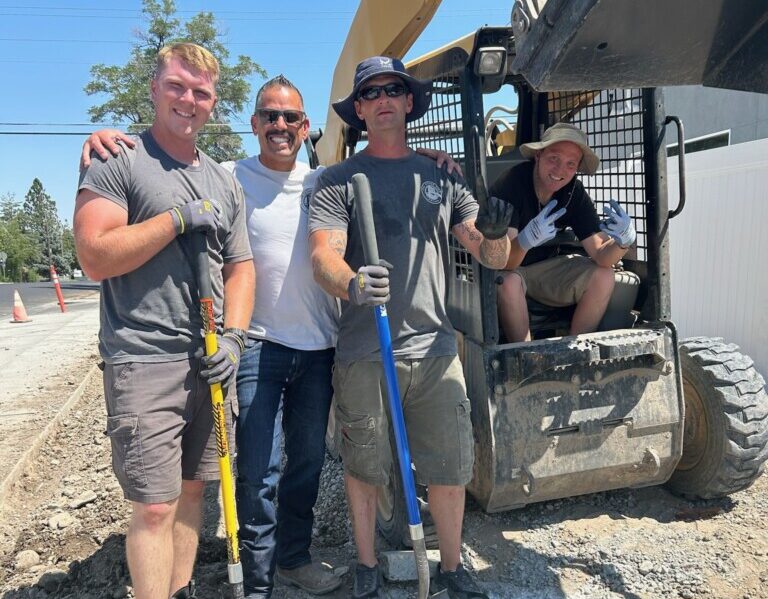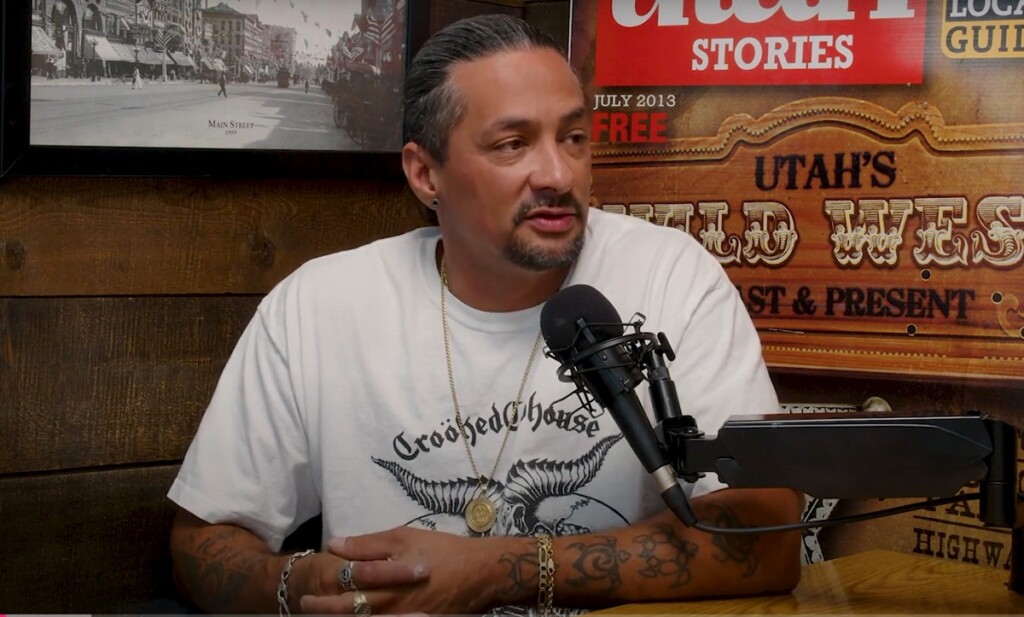Why are Salt Lake City’s public housing initiatives under the “Housing First” Banner proving to be such a dismal failure since 2016?
Utah Stories has uncovered that even the most expensive units in Salt Lake City, such as the Magnolia Apartments, along with Palmer Court as well as all of the new homeless resources centers are proving to not help the homeless work on their bigger issues such as drug addiction. Instead, these units are becoming epicenters for drug and sex trafficking. Neighborhoods are deteriorating; lives are being lost; the homeless situation is only becoming worse. How did this happen?
Utah taxpayers and policymakers were told in 2015 that the “Housing First” model that Utah has followed since 2005, in providing homes to the homeless was a success. An inaccurate PIT (point in time) count found that Utah had decreased chronic homelessness by 93% since the Housing First Policy was enacted. Utah was even championed as a model for the nation in 2015.
Utah taxpayers and philanthropists have spent hundreds of millions of dollars in building and maintaining permanent supportive housing units but these units have proven to be failures in terms of creating productive residents who can get back into the job market and get back on their feet. Why is this happening? What are we doing wrong?
WATCH THE VIDEO BELOW TO FIND THE ANSWERS
Paul Webster who has been a homeless policy expert both in Washington D.C. and San Diego says the answer becomes apparent when we “follow the money.” And when we follow it we find the strings that are attached to the money (or lack thereof) are what is to blame for the failure not only in Salt Lake City but across every major metropolitan area in the United States.
A big chunk of the funding provided for Housing First originates from the Federal Government’s Housing and Urban Development Department. Webster says that In 2009 HUD consolidated affordable housing grants that they provide to cities into three main programs. HUD’s only concern is to see that formerly unsheltered homeless individuals are getting into housing. There is no measure or care for the actual success of the homeless outside of “increasing housing stability” he says.
We witness the ramifications of this policy not only in Salt Lake City but all across the United States. There are criminal drug addicts and drug traffickers receiving housing while people suffering from actual disabilities remain out in the cold.
Webster adds that today there is a new classification for a person who is “disabled” which now includes a person who is chronically homeless or drug addicted. With this new disability classification addicts and homeless are able to qualify right alongside of the blind, those who have lost limbs in wars; those who truly suffer from PTSD for “Housing First” or permanent supportive housing. The waiting list for this housing according to Housing Connect is between two to six years, depending on need and eligibility. Most chronically homeless individuals tell Utah Stories, “I’m waiting for my housing.”
Webster says that while Housing First requires that 30% of their income be applied to rent, most of those who qualify receive SSDI (Social Security Disability) payments, these funds can be applied for housing. This way participants are not required to work to maintain their free housing. In fact, Utah Stories has found that many are told not to work, because if they take gainful employment they risk loosing their disability status and government check that goes along with it.
Webster added that if tenants are breaking the law and committing crimes inside of their units they can be evicted. But, he adds, “The police need to be called, and criminal reports need to be filed. The cops have got to come and go through all of that rigamarole.”
And in the public housing arena, this is not something that the landlords (The Road Home) of Housing First projects like the Magnolia Apartments or Palmer Court, want to deal with. “it’s like look, if we can get people in housing and keep them in housing, we are going to do that.” Webster said.
This policy is especially apparent when considering the dismal homeless failures of Seattle, San Francisco and Los Angeles. Enormous number of dysfunctional public housing is result of Housing First policies in those cities. Webster said that during Covid homeless advocates were so egar to keep their formerly homeless in housing that they were providing drug paraphinailia kits so that the addicts would not spread Covid in their buildings. Under HUD’s provisions this actually would make sense.
And that is the challenge: If your objective is to keep people in housing and stably housed than you are going to have very different program objectives and goals than if your objective was to help these people become better citizens and become productive.



